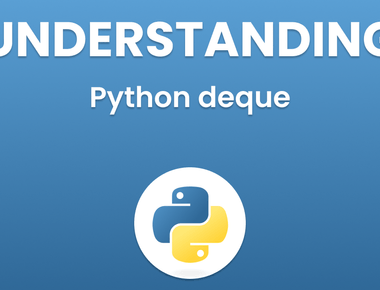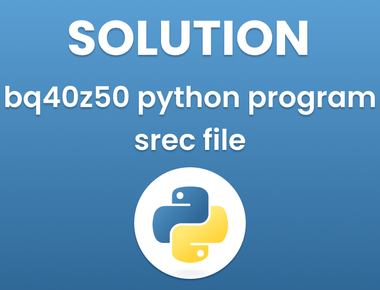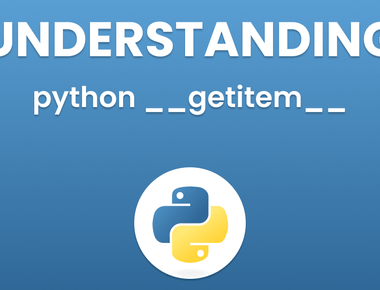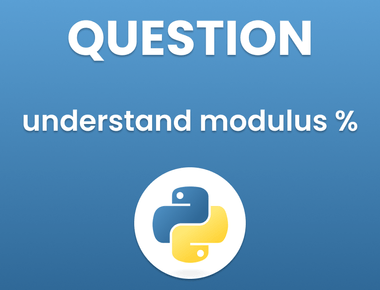Table Of Contents
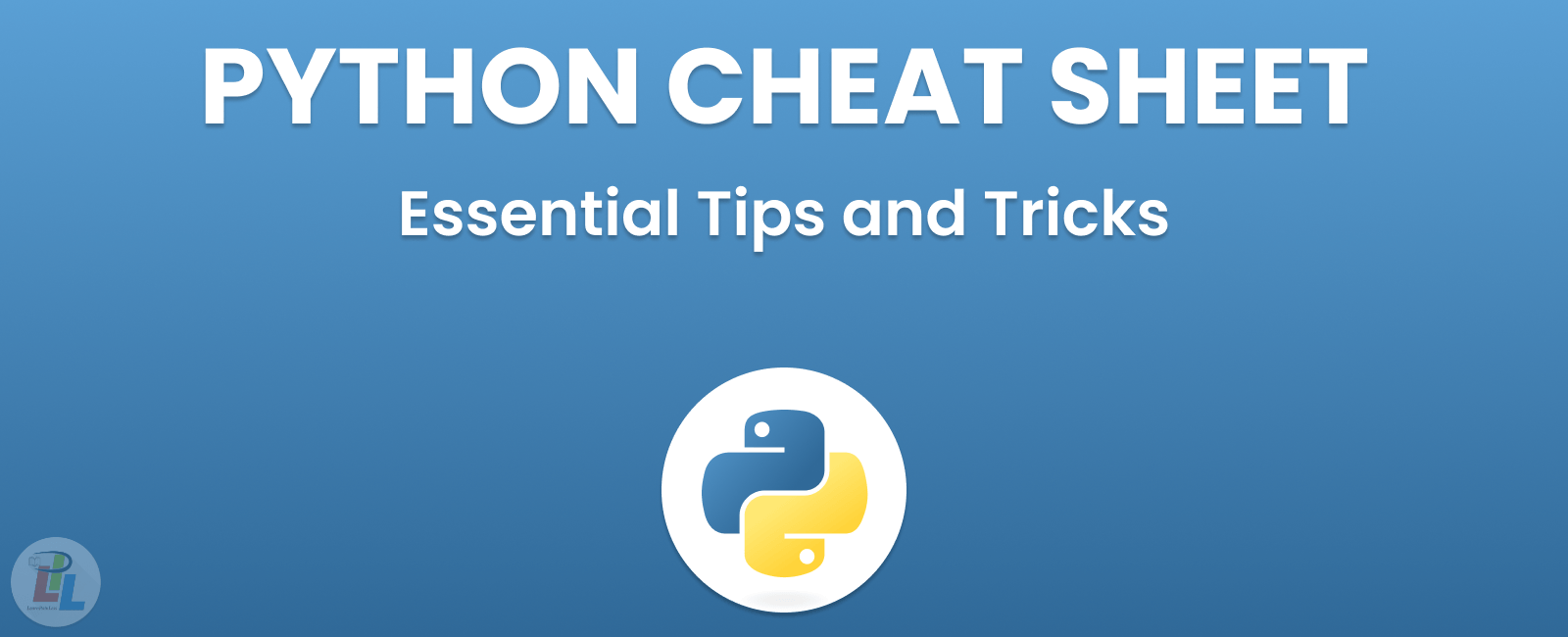
Python is a versatile and powerful programming language known for its simplicity and readability. Whether you’re a beginner or an experienced developer, this Python cheat sheet offers essential tips, tricks, and code snippets to help you become more productive and proficient in Python programming.
Basics
1. Print Statements
- Use print() to display output.
- You can print variables and combine them with strings.
name = "Alice"print("Hello, " + name)
2. Indentation
- Python uses indentation (whitespace) to define code blocks.
- Use consistent indentation (usually 4 spaces or a tab).
if condition:statement1statement2
3. Comments
- Use # for single-line comments.
- Use triple-quotes ''' or """ for multi-line comments (docstrings).
# This is a single - line comment'''This is a multi - line commentor docstring'''
Variables and Data Types
4. Variables
- Variable names are case-sensitive and can contain letters, numbers, and underscores.
- Use meaningful names for variables.
count = 10name = "John"
5. Data Types
- Common data types: int, float, str, list, tuple, dict, bool.
- Use type() to check the data type of a variable.
age = 25height = 5.9name = "Alice"
Control Structures
6. Conditionals (if-else)
- Use if, elif, and else for conditional statements.
- Use indentation to define code blocks.
if condition:# code if condition is Trueelif another_condition:# code if another_condition is Trueelse:# code if no condition is True
7. Loops (for and while)
- Use for loops to iterate over sequences.
- Use while loops for repetitive tasks.
- Use break to exit a loop prematurely.
for item in sequence:# code inside the loopwhile condition:# code while condition is Trueif another_condition:break # exit the loop
8. List Comprehensions
- A concise way to create lists.
- Example: Generate a list of squares.
squares = [x ** 2 for x in range(10)]
Functions
9. Function Definitions
- Define functions using def.
- Use meaningful function names and docstrings for clarity.
def greet(name):"""This function greets the person passed in as a parameter."""print("Hello, " + name)
10. Function Calls
- Call functions with arguments.
greet("Alice")
Error Handling
11. Exception Handling
- Use try, except, and finally to handle exceptions.
try:# code that might raise an exceptionexcept ExceptionType:# code to handle the exceptionfinally:# optional cleanup code
Libraries and Modules
12. Importing Modules
- Use import to include external libraries.
- You can import specific functions or import with aliases.
import mathfrom module_name import function_name
13. Standard Libraries
- Python has a rich collection of standard libraries for various tasks.
import osimport randomimport datetime
File Handling
14. File I/O
- Use open() to open files.
- Use with for automatic resource management.
with open("file.txt", "r") as file:content = file.read()
15. Writing to Files
- Use “w” mode to write to files.
- Use “a” mode to append to files.
with open("output.txt", "w") as file:file.write("Hello, World!")
Additional Tips
16. List Slicing
- Use list slicing to extract portions of lists.
my_list = [1, 2, 3, 4, 5]subset = my_list[1: 4] #[2, 3, 4]
17. Dictionaries
- Dictionaries store key-value pairs.
- Use curly braces {} to define dictionaries.
my_dict = { "name": "Alice", "age": 30 }print(my_dict["name"]) # Output: Alice
18. Virtual Environments
- Use virtual environments (venv) to isolate project dependencies.
python - m venv myenvsource myenv / bin / activate
19. Debugging
- Use print() statements for simple debugging.
- Consider using a debugger like pdb for more complex issues.
import pdbpdb.set_trace() # Start debugging session
20. Documentation
- Write clear and concise documentation for your code.
- Use docstrings to describe functions and classes.
def my_function():"""This function does something."""pass
This Python cheat sheet provides a quick reference for essential Python concepts and best practices. Whether you’re a beginner or an experienced developer, these tips and code snippets will help you write more efficient and readable Python code. Happy coding!
Subscribe to our newsletter!
We'll send you the best of our blog just once a month. We promise.
Related Posts
Learn Pain Less © 2024, All Rights Reserved.
Crafted with by Prolong Services
Quick Links
Legal Stuff
Social Media


